More than just the Mat …
Pilates is a holistic training.
Most know Pilates on the mat – many think it is comparable to yoga (and some exercises seem similar) … but very few know that Pilates training also includes equipment.
I am not referring to the small devices such as poles, balls, ribbons or the Magic Circle, but to the large apparati that Joseph Pilates developed and patented in the early 1920s.
He spoke very consciously of apparati or equipment as opposed to machines. According to the definition, a machine is a mechanical device consisting of moving parts that transmits force or energy and with the help of which certain work can be carried out while saving human labor.
A device, on the other hand, is a (movable) object with the help of which something can be processed, effected or manufactured.
In contrast to the machine, which makes (physical) work easier for us, the (Pilates) apparatus helps us to “work” our body, causes stronger muscle strength and greater mobility and thus restores the health of the body … and this is what Joseph Pilates describes in his book “Return to Life through Contrology”.
The apparatus does not make our work easier, on the contrary with its help we “expand” the “work” of our body.
We become part of the equipment, so to speak. By working with and against the springs, it gives us feedback about the muscles that are involved … or should be.
Our body awareness is increased and strengthened in a unique way.
And that in turn helps us to control and improve motion sequences.
And it was precisely for this reason that Pilates invented all of his machines. He was always concerned with healing and improving the body that stood before him. In some cases, the physical limitations of his clients gave him the impetus to develop certain devices in the first place.
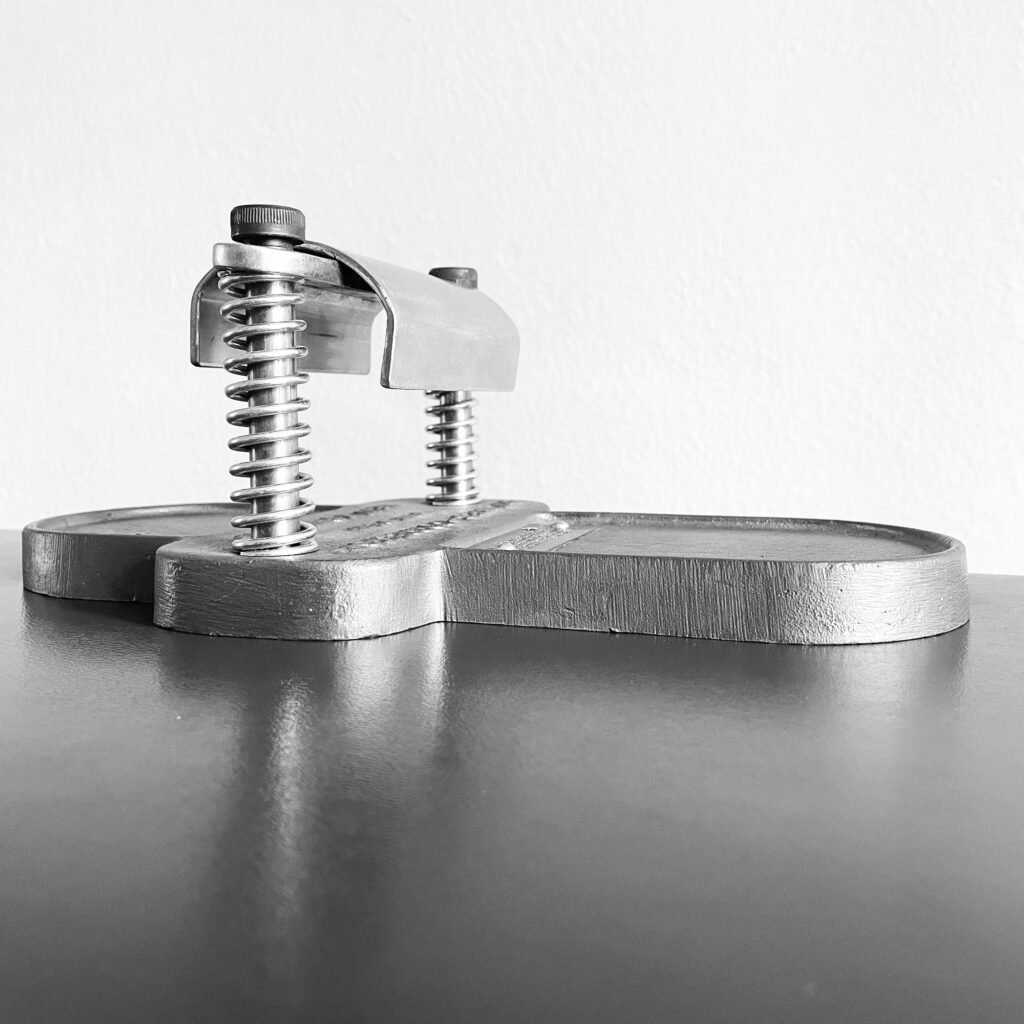
The first piece of equipment that Joseph Pilates invented was the “Foot Corrector”.
Not surprising when you consider that the feet are the foundation of the entire body and are very neglected in the civilised world:
・ We don’t use them enough because we walk and run less often
・ And when we walk or run, we put on shoes.
And as they do protect the feet from dirt and injuries, they also prevent the feet from moving “properly” – as rolling them over from heels to toes and vice versa, bending the toes and spreading them apart.
And due to the lack of these movements, the intrinsic muscles, i.e. the muscles that are inside the foot, are not trained at all and the tendons of the leg muscles (which end in the foot) become shorter and shorter.
Many more apparati followed this first one. And Pilates observations of the human body, its anatomy and also its “mechanics” always gave the impetus.
How does the body move?
Which muscles enable which movements?
Where are the connections?
And what enables, but also facilitates the interaction …
He invented and built most of the apparati himself. And he also has patents for those.
A few pieces were inspired by devices developed by other innovators (e.g. from
Eugen Sandow) and he has not registered any patents for these devices.
The first large piece of equipment, the “physical exercise device” as it is called in the patent, he built himself and changed it only slightly over the years.
There were at least three of these in his New York studio, as can be seen on recordings, and they were used by all his clients.
And here in the NY studio it finally got the name, which is still valid today: “Reformer”. This name describes perfectly why Pilates invented this apparatus and why it was and is still used regularly in a Pilates studio:
it not only trains the body, it reforms it.
And reforming means changing, improving, redesigning.
It is the content and the aim of his method, as he described it in both his books. For him, it’s not just about physical fitness or physical activity, but about the corrective power of his exercises.
Pilates can definitely be described as obsessed – although he was not an ascetic do-gooder. On the contrary, he liked alcohol, cigars, women.
But in his studio and in relation to his method, which he called Contrology, he was meticulous and did not tolerate any dilution.
He specified the exercises that were done and they were done as he specified – no variation or relief, no change in order.
The exercises he gave his clients were demanding and encouraging, and even if they were difficult, they were doable. Exercises that were too difficult for the client were not done … until the client got stronger – only then new exercises were added to their individual program.
We know from many reports from his clients that he was a strict teacher.
Some loved him, others preferred to be taught by Clara (Pilates wife).
However, this made no difference in the method, only in handling.
In his two publications “Your Health” (1934) and “Return to Life through Contrology” (1945) his motivation to improve the physical health of all people becomes more than clear. In general, he wrote these two books, not least to draw attention to the poor physical health of the population and to show that his exercise system, his method, is an effective means of counteracting it.
Again and again he sought contact with the health authorities and also with doctors and hospitals in order to present and advertise his method. After the documentation and presentation of the successful rehab process of Eve Gentry *, he was even offered a contract for the rehab department, which unfortunately did not materialise. **
With this knowledge it becomes clear that his method, the Pilates System, The Work, is not a pure mat training, but that the apparati have their very useful place in this system.
Training Pilates without the equipment is therefore a very incomplete Pilates training. Exclusively pilating on the mat certainly makes you stronger, but the corrective effect of the training stays very limited .
Only the Pilates apparati turn your training into a true Pilates training.
‘Contrology develops the body uniformly, corrects wrong postures, restores physical vitality, invigorates the mind, and elevates the spirit.’

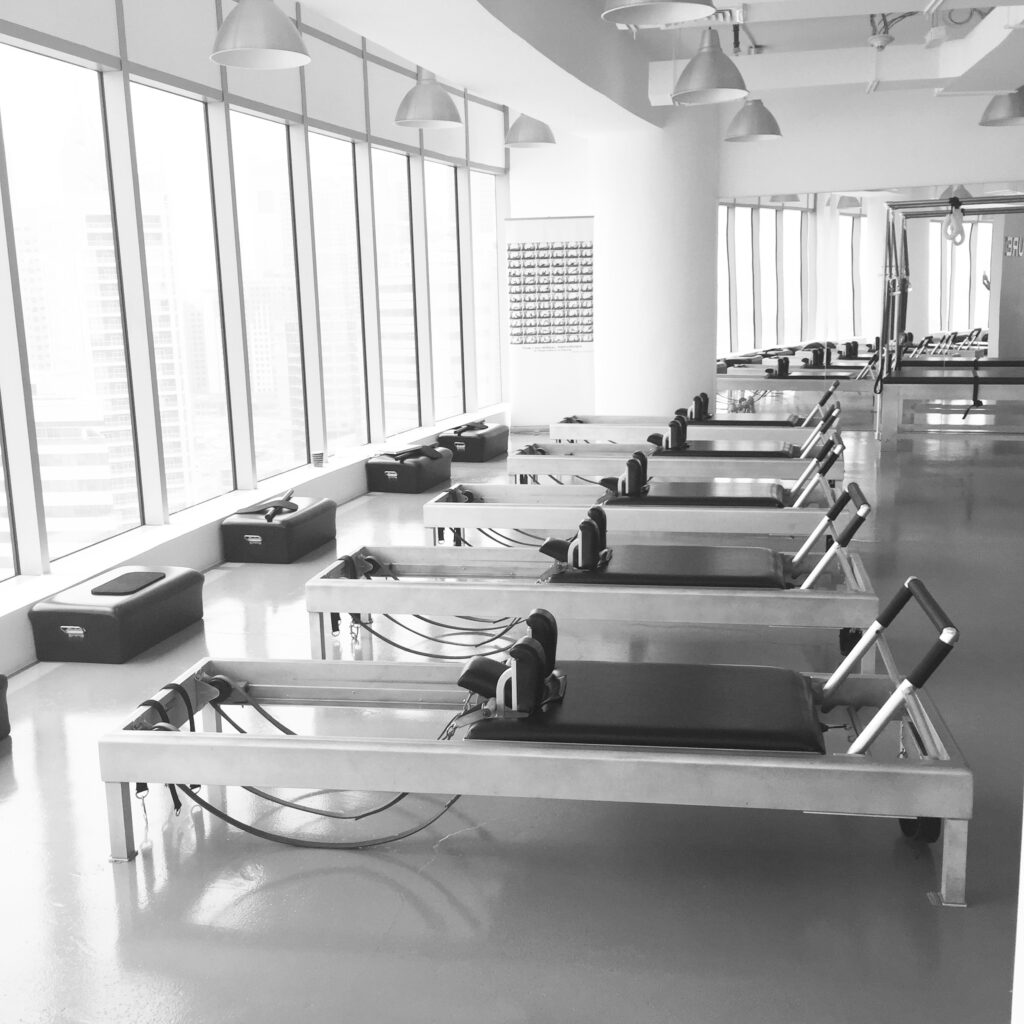
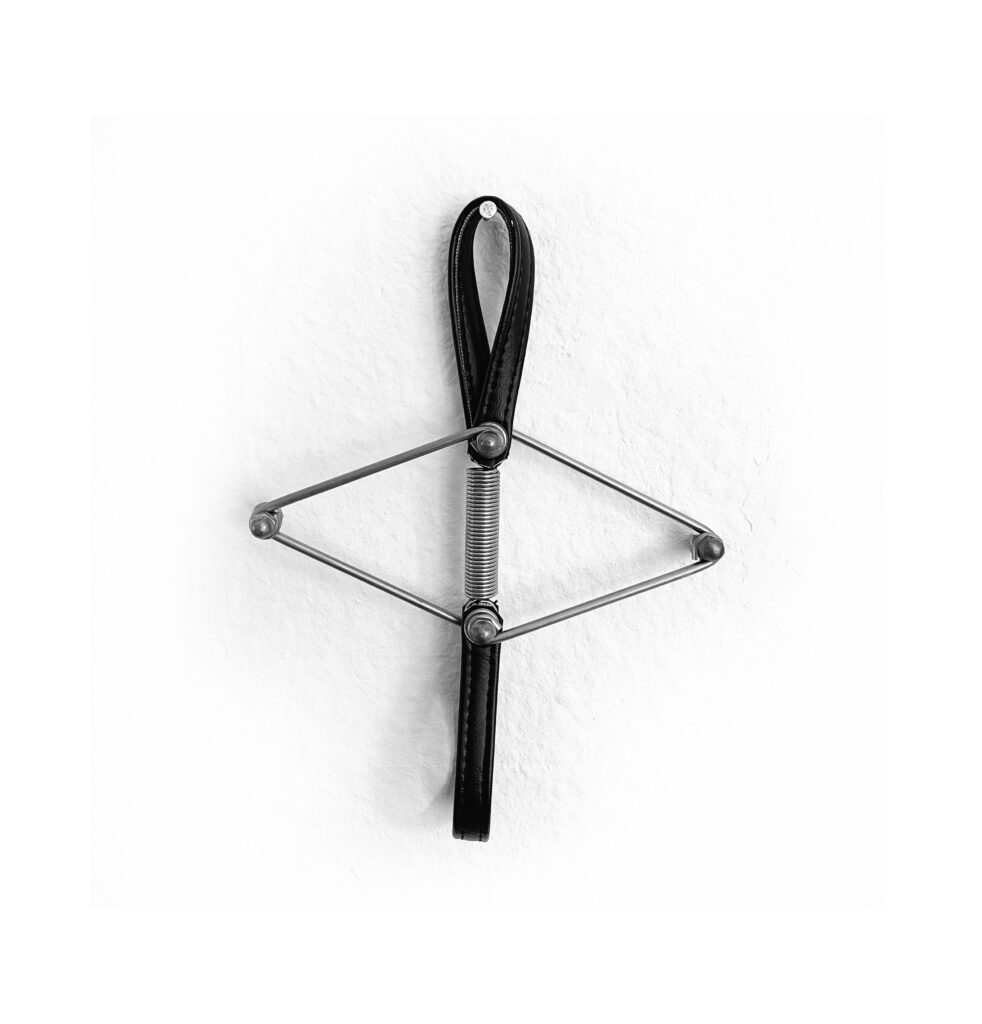
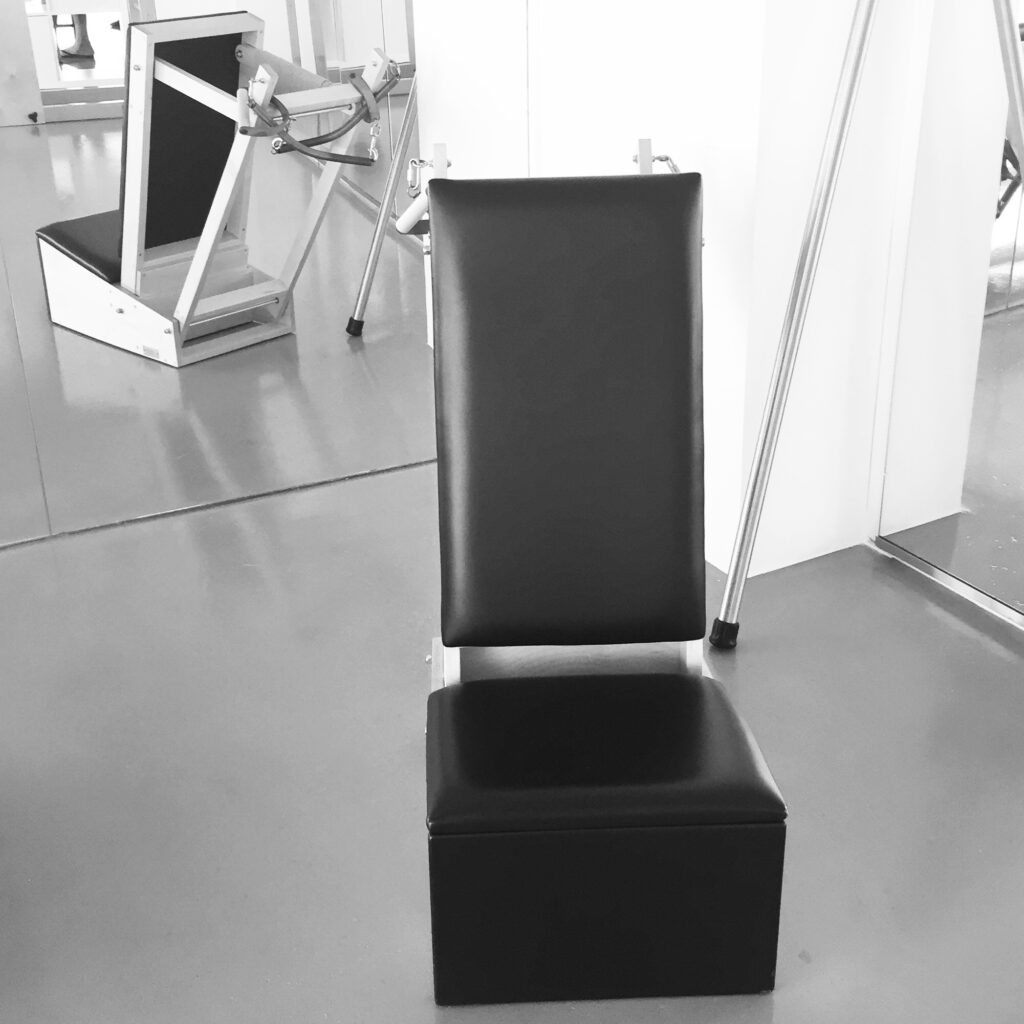
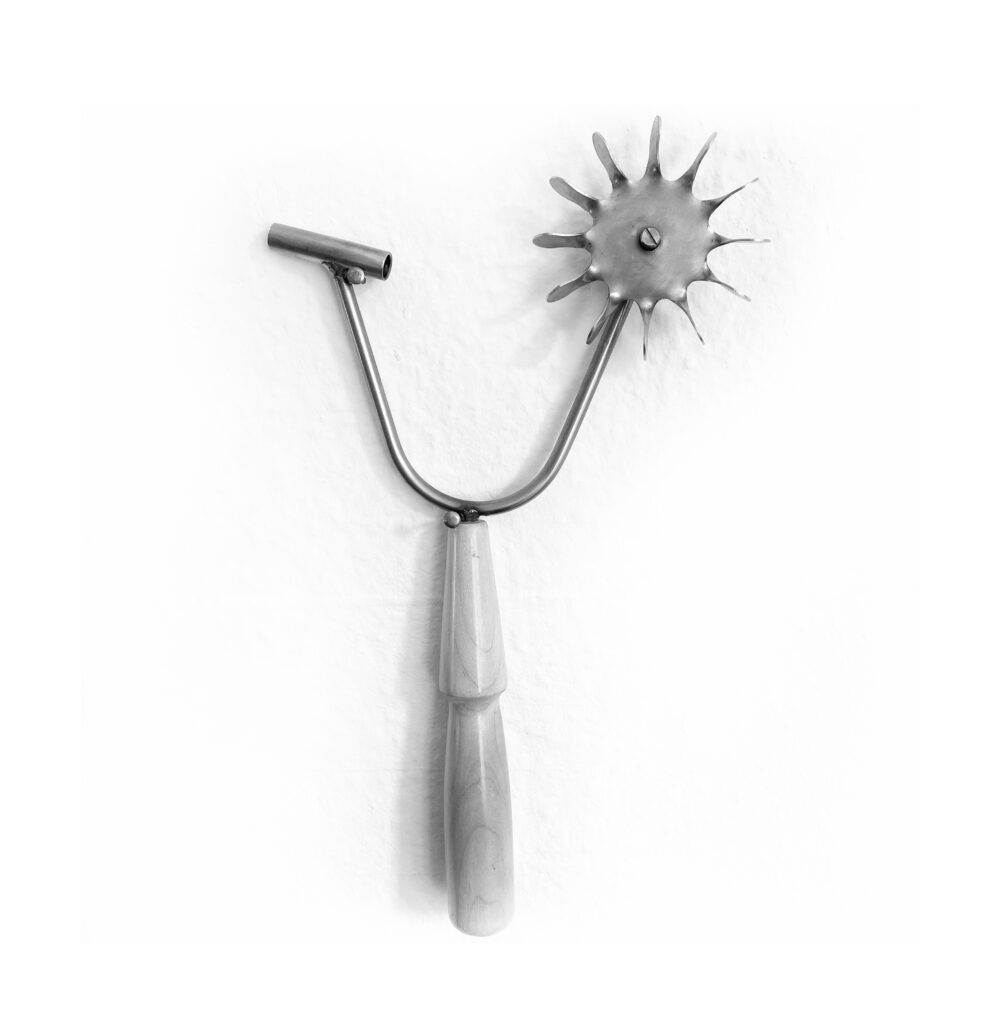
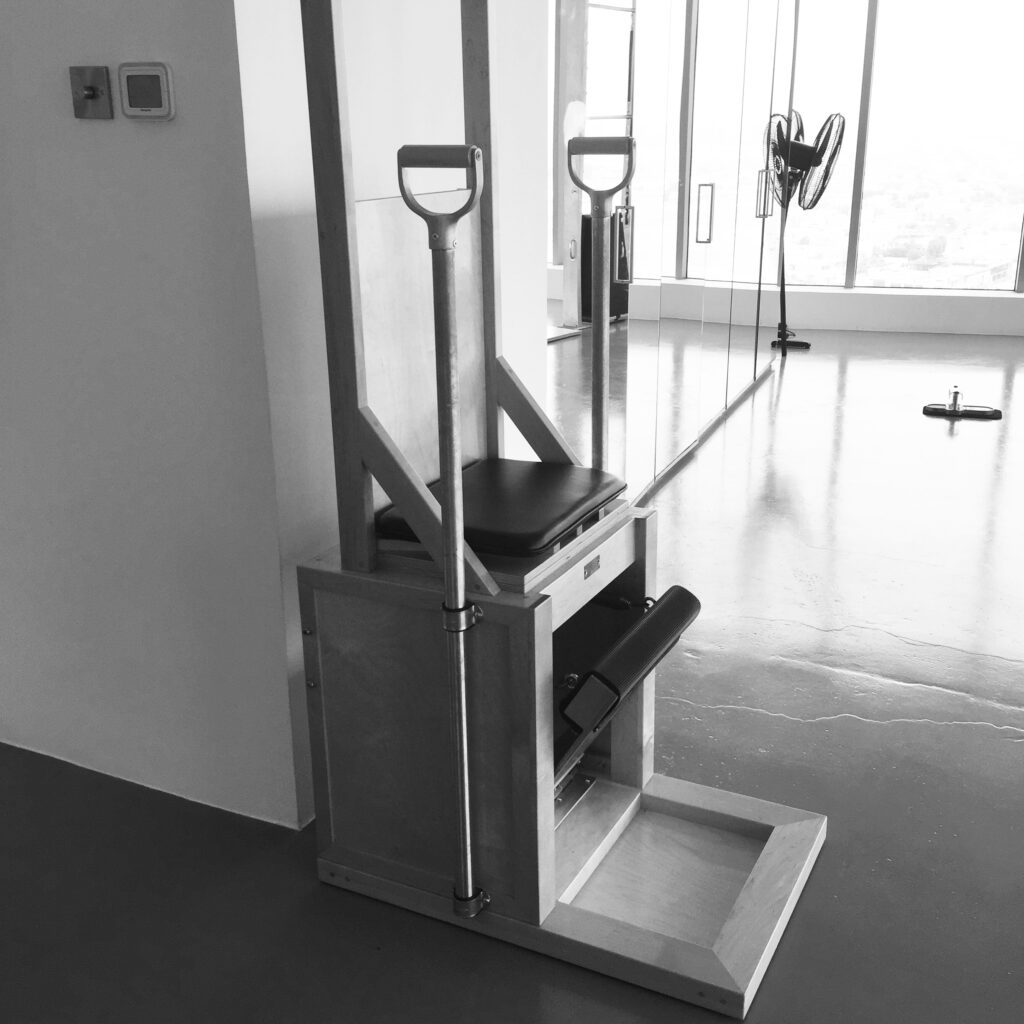
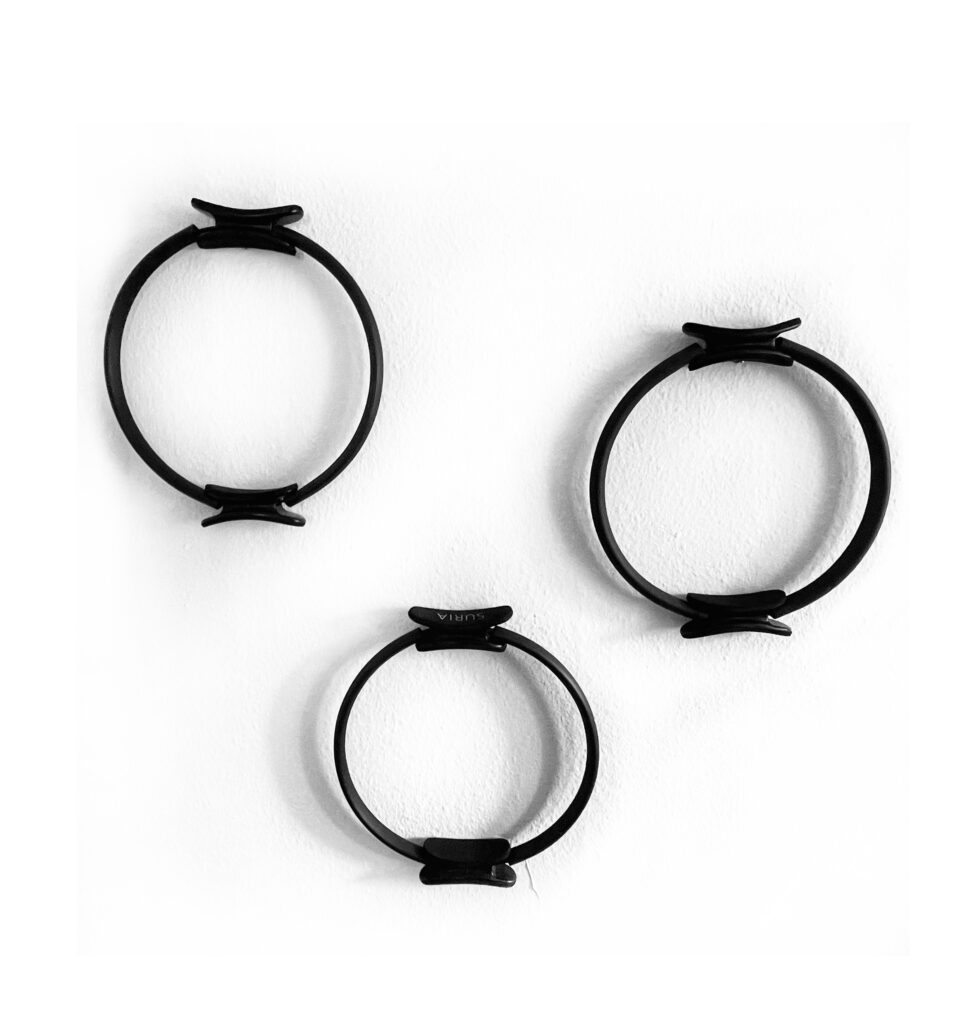
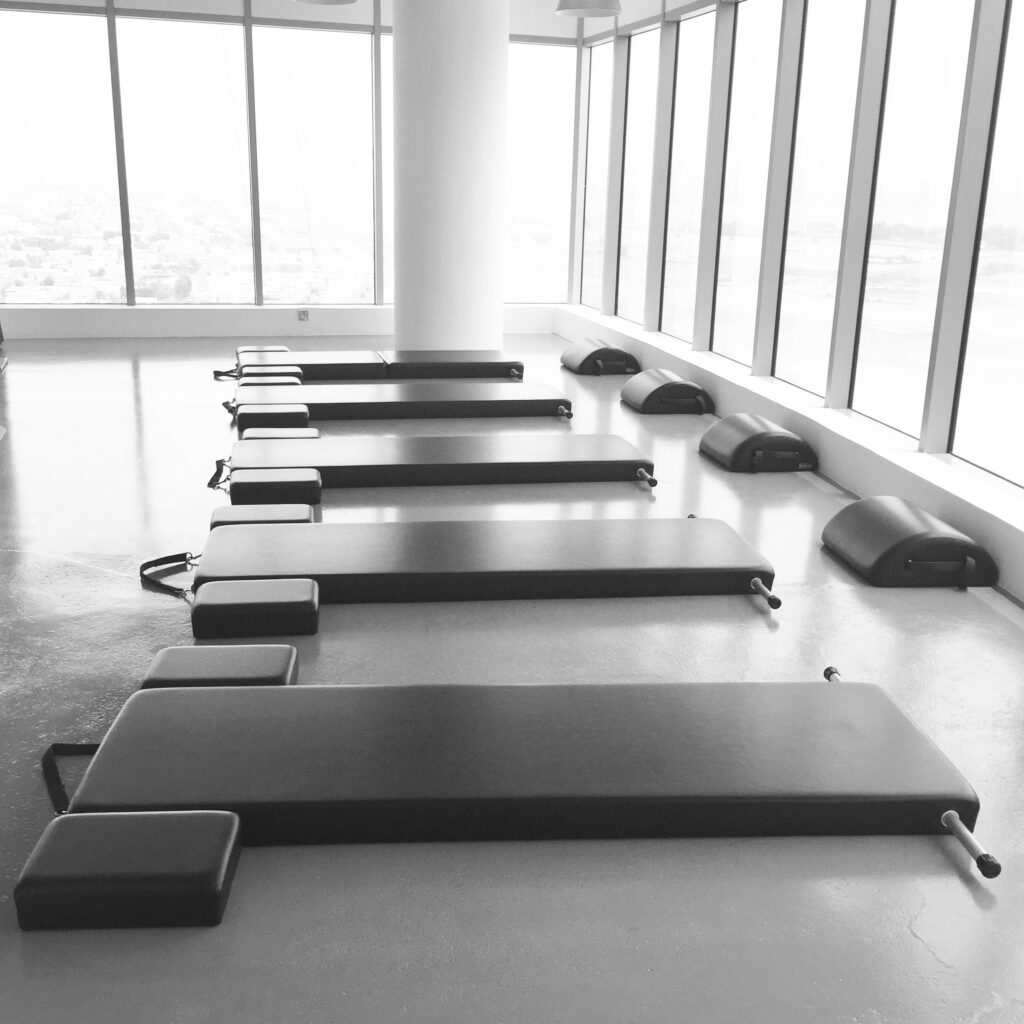

* Eve Gentry (a ballet dancer who had been training regularly in the Pilates studio since 1942) had to undergo an operation in 1955 after a routine examination that found a lump in her chest. When she woke up from the anesthesia, not only had one breast been completely removed, but also the large pectoral muscle that is responsible for a large part of the arm movements – Eve Gentry could hardly lift her arm. A disaster for a dancer. Her first port of call was Pilates and he accepted the challenge. In this case, however, he could not strengthen, stretch or get a muscle back into motion. The pec major was gone and ways had to be found to replace it. From the hundreds of exercises he had invented for his equipment, Pilates looked for the right ones for Eve Gentry and developed new sequences of movements. He put together exercises that were aimed at strengthening the muscles around the injury so that they could take over the tasks of the missing pectoralis major: the body should find alternatives to eventually be able to perform all the movements again. She regularly trained in the studio with the various pieces of equipment and Pilates gave her a “Ped-a-Pull” for training at home. After a year of hard work, she did it: she could move normally again. Some doctors, who also trained in the studio, were impressed with this rehabilitation and recommended making a film to capture this successful work and present it to others. Eve’s husband Bruce Gentry, a photographer, filmed in 16mm and black and white for 18 minutes how his wife, under the guidance of Joseph Pilates, does exercises on various Pilates devices.
** A hospital looking for new methods of rehabilitation for breast cancer patients was interested. But after the film was shown, the authenticity of the pictures was questioned and it was considered a fake. Bruce Gentry made the same film a second time. This time he filmed Eve with a bare torso and the clearly visible scar, leaving no doubt as to its authenticity. After showing this second film in the same hospital, the doctors were deeply impressed and asked Pilates, to develop a general rehabilitation program for patients after breast surgery. When the contract was drawn up, it was noticed that Pilates had neither a title, nor medical degree, or even a training as a physiotherapist, and so the contract offer was withdrawn.
The film rolls are now in the dance department of the New York Public Library at the Lincoln Center for Performing Arts
*/ ** from: Eva Rincke “Joseph Pilates. The man whose name became the program “
Herder Verlag 2nd edition 2016 pages 192-197
